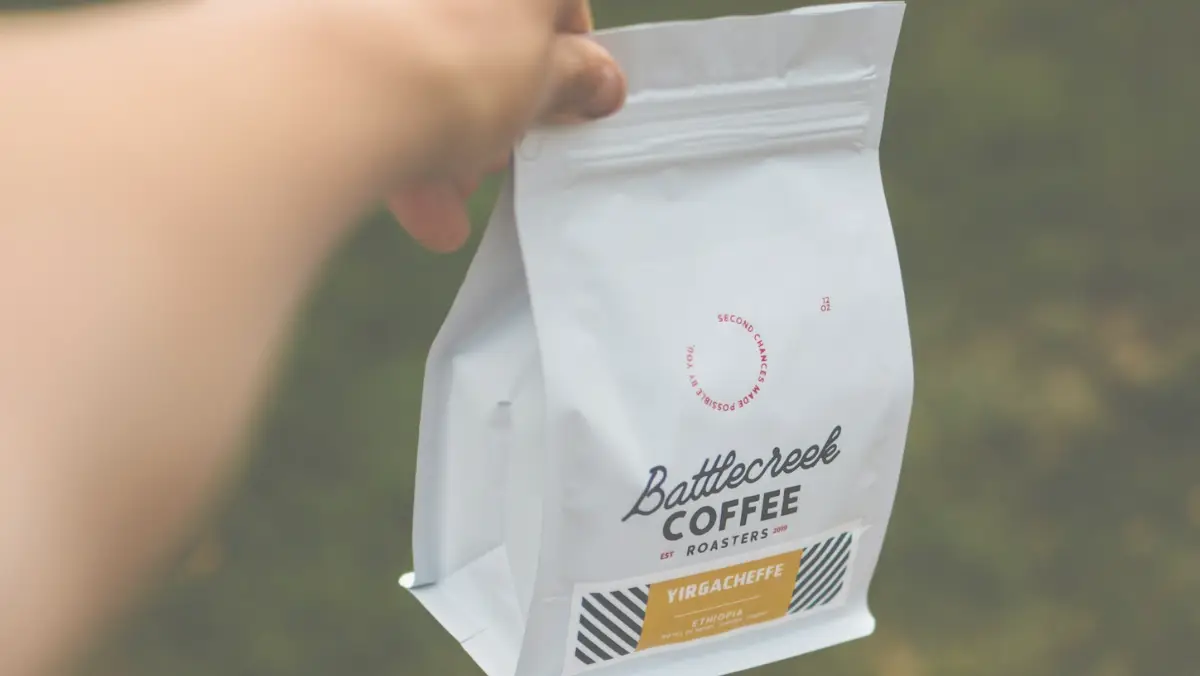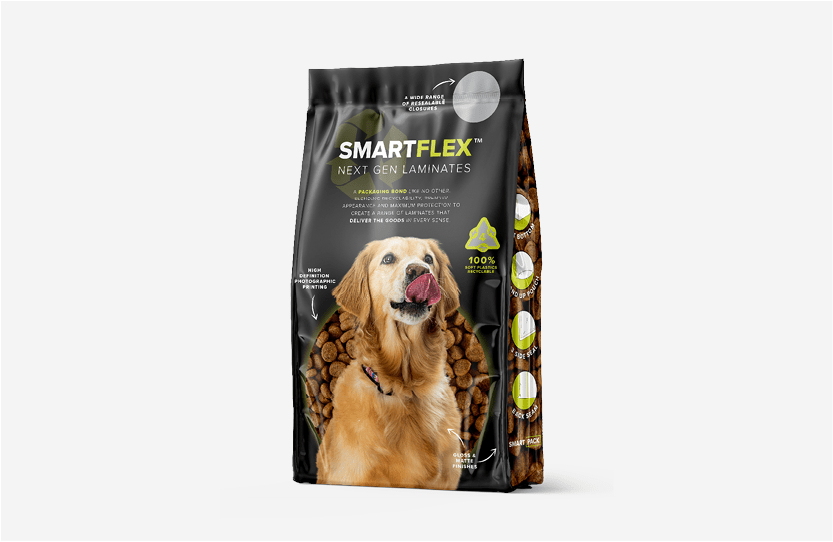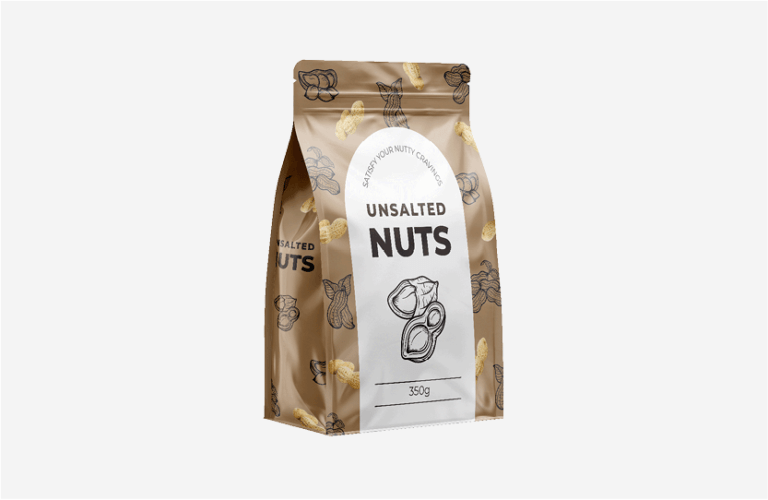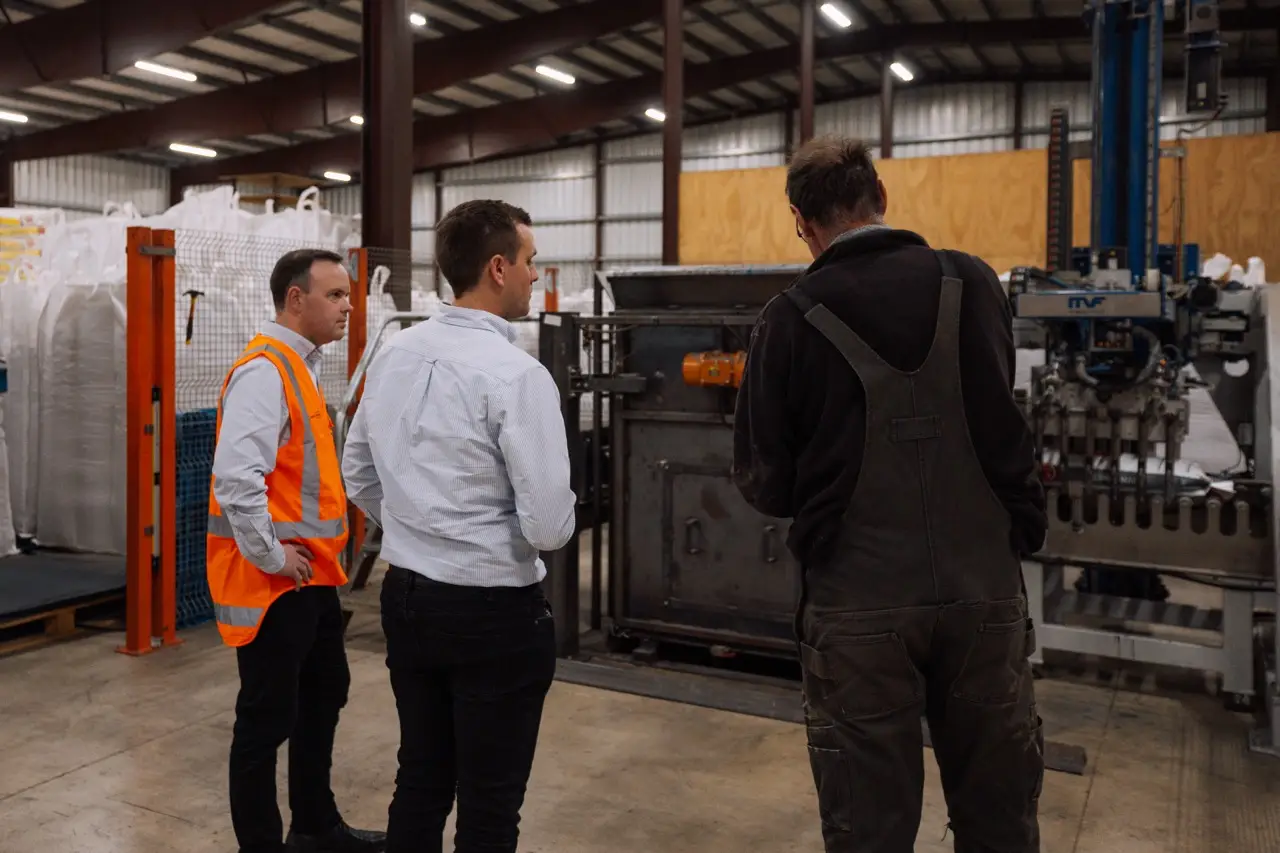
A product manager, a sustainability officer, a production manager and a brand manager all walk into a packaging meeting. We ask them what they’ll be ordering…
No, we’re not setting up for a bad punchline here. Rather, we’re highlighting how important it is for all decision-makers to understand laminated packaging construction when considering the options in front of them. After all, it’s not as simple as picking an item off the menu.
It all starts with what a company is looking for in their packaging and how a solution can be aligned to fit. Seemingly small decisions around bag or pouch material can have a ripple effect across all three areas of a business.
At the heart of a laminated bag or pouch is a carefully selected base material, such as polyethylene (PE), polypropylene (PP), or polyester (PET). Each type of film offers unique properties and advantages for protecting many different types of products.
The chosen base material is then layered with additional components, such as aluminium foil, nylon or barrier coatings, to protect the product against moisture, oxygen, and light. Depending on the properties required, there might be anywhere between two and nine layers of film and these are bonded together by applying heat and pressure – that’s the laminating process.
Smart Pack offers two types of laminates. Monopolymer laminates are made from multiple layers of the same substrate, usually PE or PP. This helps with the recyclability of the package at end-of-life. The second type is a traditional laminate that consists of many different polymers.


The best combination of layers and construction technique will depend on the product being packaged, the markets into which it is being sold, and the recycling programmes available for the end consumer.
Top of the priority list might be a flexible package with superior barrier properties. You might require exceptional clarity to present the product at its best. Or a sleek, modern aesthetic might be the goal. Whatever the specific needs of a product may be, there will be a robust packaging solution within the range of flexible laminated packaging.
Versatility is the reason laminate packaging has such a broad application across all kinds of industries. Food products and pet feed is where most end-users will encounter it. However, due to its intricate composition and protective properties, this type of packaging is also widely used for grains and seeds, fertiliser, chemicals, powders and pharmaceutical products.
If we think back to our four hypothetical team leaders meeting to consider new packaging, they’ll each have an eye on what’s needed from their chosen laminate.
One of the primary advantages of flexible laminated packaging is its ability to safeguard your products from the rigours of the supply chain. The engineered layers work together, creating a robust barrier against environmental factors and ensuring that goods arrive at their destination in peak condition.
There are choices to make that are product dependent. Is a low OTR (oxygen transfer rate) essential? How big a consideration is MTVR (moisture vapour transfer rate)? Then there’s logistics and packaging efficiencies to weigh up. Fortunately we can measure the benefits of each laminate option which helps with comparison
With many businesses working toward being part of a circular economy, the sustainability credentials of packaging options are getting close attention and innovations are happening all the time. A major consideration for consumer products (and increasingly, within the supply chain) is how environmental impact can be reduced. That includes reducing waste to landfill and the emissions associated with transportation.
Again, sustainability goals must be balanced with a number of other priorities. Fortunately, flexible laminated packaging now offers a compelling solution that can help you reduce environmental impact without compromising on performance.
Of all four perspectives on packaging, the Production Manager’s is likely to contain the most nuance. They’ll have a view to where savings can be made on the packing line, whether it be at the point of filling, closing, handling or stacking – and how these savings will add up over a production cycle.
Ultimately, production is an area where a packaging specialist can add a huge amount of value to the conversation. There are endless possibilities for flexible laminate solutions – a good place to start is by making a list of the problems you want to solve or where you want to make savings.
In the competitive world of retail, visual appeal – whether on the shelf or online – is everything. Flexible laminated solutions offer a crisp canvas for creative brand communications. That’s due to the PET layer on the outside; strong with a high melting point. With the ink printed on the inside of the PET layer, the brand is protected from scratching.
With numerous perspectives to consider, why not bring an expert into the room who understands the whole picture of packaging performance as well as industry standards?
We can help you assess the laminate options in terms of measurable impacts on your business. Touch base with Garth or Simon to get the inside line.
